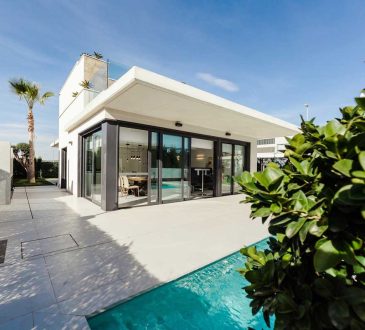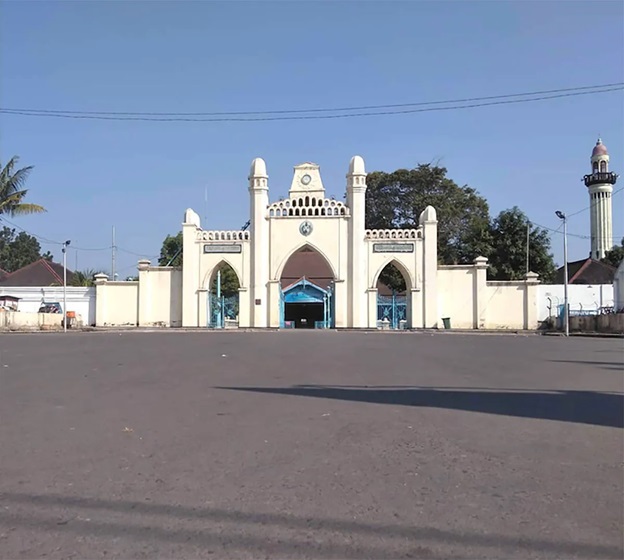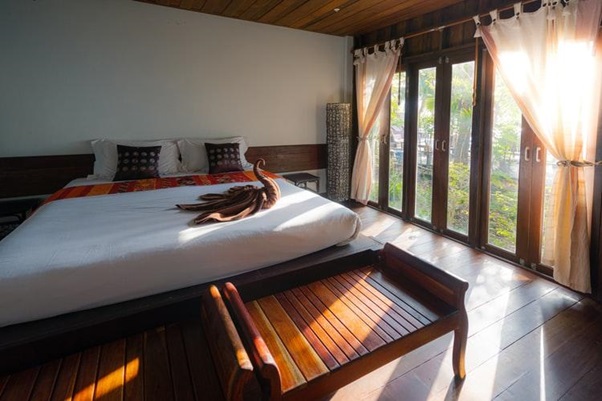
www.indonesia.travel
Borobudur Temple is a Buddhist sanctuary situated in Magelang, Central Java, Indonesia. The sanctuary area is around 100 km toward the southwest of Semarang, 86 km toward the west of Surakarta, and 40 km toward the northwest of Yogyakarta.
Borobudur Temple is a Buddhist sanctuary situated in Magelang, Central Java, Indonesia. The sanctuary area is around 100 km toward the southwest of Semarang, 86 km toward the west of Surakarta, and 40 km toward the northwest of Yogyakarta.
The biggest fundamental stupa is situated in the middle and crowns of this structure, encircled by three round lines of 72 empty stupas. There is a Buddha sculpture sitting leg over the leg in an ideal lotus position with the Dharmachakra mudra (turning the dharma wheel).
This stupa-molded sanctuary was established by Mahayana Buddhists around the year 800 AD during the rule of the Syailendra line. Borobudur is the biggest Buddhist sanctuary on the planet, just one of the biggest Buddhist landmarks on the earth.
The three levels are Kamadhtu (domain of enthusiasm), Rupadhatu (domain of structure), and Arupadhatu (domain of structure). On this excursion, explorers stroll through a progression of paths and steps, observing no under 1,460 wonderful alleviation boards cut into the dividers and balustrades.
As indicated by chronicled proof, Borobudur Temple was deserted in the fourteenth century when the debilitating of the Hindu and Buddhist realms on Java and the beginning of Islamic impact. However, the world started to understand the presence of this structure since it was found in 1814 by Sir Thomas Stamford Raffles, who around then filled in as the Governor-General of England in Java.
From that point forward, Borobudur has gone through a progression of salvage and reclamation endeavors. The biggest rebuilding project was held in the period 1975 to 1982 under the endeavors of the public authority of the Republic of Indonesia and UNESCO, so this memorable site was remembered for the rundown of World Heritage Sites.
The name Bore-Budur, which was subsequently composed by Borobudur, was most likely written by Raffles in English sentence structure to allude to the town nearest to the sanctuary, to be specific Desa Bore (Boro). The vast majority of the covers are regularly named after the town in which they stand. Pools likewise presumed that the word Budur may be identified with the Javanese expression Buda which implies antiquated, which means old Boro. Notwithstanding, different archeologists believe that the name Budur comes from the term bhudhara, which means mountain.
Borobudur, Pawon, and Mendut are situated in an orderly fashion which shows the solidarity of the images
Situated around 40 kilometers (25 miles) northwest of Yogyakarta city, Borobudur is arranged on a slope on a plain encompassed by two sets of twin mountains, Mount Sindoro-Sumbing toward the northwest and Merbabu-Merapi toward the upper east, toward the north there is Bukit Tidar, more close toward the south there is Menoreh Hills.
These three sanctuaries (Borobudur-Pawon-Mendut) have similar engineering and enhancement styles. They are in fact from a similar period which supports the doubt of a custom connection between the three sanctuaries. Therefore, a consecrated relationship should exist, yet how the tough journey is made isn’t known with assurance.
Aside from the magnificent Borobudur, there are a few Buddhist and Hindu sanctuaries around here. Moreover, during the mid-twentieth century’s revelation and rebuilding, other Buddhist sanctuaries were found to be specific the Mendut and Pawon Temples, which stretch in an orderly fashion.
Aside from Mendut and Pawon Temples, around Borobudur, a few other antiquated relics were found, including different earthenware discoveries, such as pots and containers that demonstrate that around Borobudur there used to be a few local locations. Archeological revelations around Borobudur views are presently kept at the Karmawibhangga Borobudur Museum, which is found north of the sanctuary close to the Samudra Raksa Museum.

Not far north of Candi Pawon, the remnants of a previous Hindu sanctuary called the Banon Temple were found. In this sanctuary, a few sculptures of the Hindu gods are found in very great condition, particularly Shiva, Vishnu, Brahma, and Ganesha. Notwithstanding, so barely any unique stones found at Banon Temple have made remaking inconceivable.
When discovered, the Banon sculptures were moved to Batavia (presently Jakarta) and are currently kept at the National Museum of Indonesia. Unlike different sanctuaries based on level land, Borobudur is based on a slope at an elevation of 265 meters above ocean level and 15 meters over the lower part of an old lake that has evaporated.
The presence of this antiquated lake turned into a matter of warmed discussion among archeologists in the twentieth century. It raised doubts that Borobudur was based on the shore or even in the center of the lake. Finally, in 1931, a craftsman and master of Hindu Buddhist engineering, W.O.J. Nieuwenkamp, hypothesized that the Kedu plain was previously a lake.
In the meantime, geologists upheld Nieuwenkamp’s view by bringing up proof of lake sedimentation close to the site.
Ready to start your getaway to Borobudur? Visit Wonderful Indonesia, and don’t miss out on the magic!




